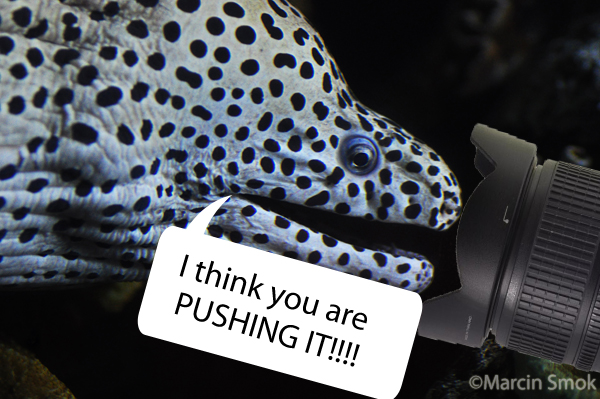 Photo credits: Marcin Smok & Kamila Sedziak
Photo credits: Marcin Smok & Kamila Sedziak
A DSLR camera has no use without a lens. When buying a new equipment, you can be overwhelmed by the choices and combinations photography stores throw at you. Every camera manufacturer has a library of dozens of lenses and each one of them serves a specific purpose and works in particular environment. In this part of the Aquarium Photography Guide I will bring up the topic of lenses types and their usefulness in aquarium and underwater photography.
If you missed previous parts, you can find them here:
Part I: http://reefs.com/blog/2011/10/17/aquarium-photography-guide-part-i-choosing-the-right-camera/
Part III:http://reefs.com/blog/2011/12/02/aquarium-photography-guide-part-iii-white-balance-headache/
Camera lenses can be segregated based on many criteria- price, manufacturer or, as I am going to approach this, focal length.
Now what is focal length?-it is a distance from the optical center of the lens to focal point in camera sensor when the subject is in focus (at infinity). Technical mambo-jambo, I know. Basically speaking, focal length tells you how much of a scene can you save in a picture.
Every lens has a series of digits and letters and it’s somewhat standardized in the industry, however sometimes manufacturers put additional information on the lens to make it sound more professional when someone read it out loud on a single breath. Let me explain how to decode this information:
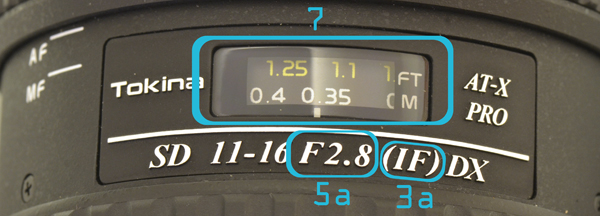
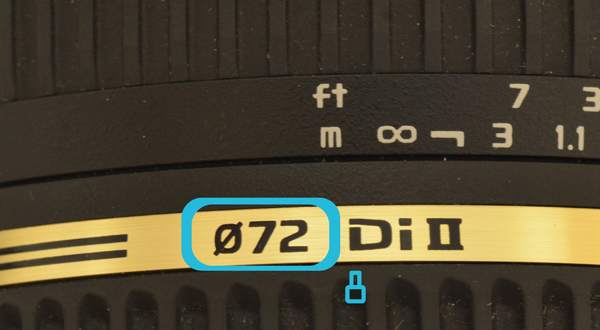 1. This scale informs you what is the current focal length (in our example it’s 55mm). It’s present only in zoom lenses, fixed focal length lenses (or prime lenses as photographers use to call them) lack this info, because there’s only one focal length.
1. This scale informs you what is the current focal length (in our example it’s 55mm). It’s present only in zoom lenses, fixed focal length lenses (or prime lenses as photographers use to call them) lack this info, because there’s only one focal length.
2. Next to the manufacturer logo, there is a two letter symbol that tells us if the lens is made for cropped sensor cameras (DX) or full frame cameras (FX). The difference between dx and FX is a topic for another article, but generally DX lenses are less expensive than FX ones and both DX and FX will work on either full frame or cropped sensor body (although with limitations)
3. Lens model and type- this is a little confusing, because every lens manufacturer uses it’s own symbols, so research has to be done. For example, in the nikon lens image we see letters AF-S while on Tokina (figure 3a) it’s IF. Both of those symbols means the same- that the lens has internal auto focusing motor. Canon calls it USM after it’s USM motor. It’s important to know that information because some consumer level camera bodies lack internal focusing motor, so if your lens doesn’t have it you are forced to focus manually.
4. Lens focal length- if there is more than one number, like in our example, it means that we deal with zoom lens. Prime lenses have one focal length, for example 50mm.
5. Widest aperture- this is very important information. It describes the widest possible aperture at given focal length. Let’s see our first example- 1:4-5.6. This label means that on the shortest focal length (55mm) the maximum aperture is f/4, while on the longest end (200mm) it’s f/5.6. Maximum aperture in this particular lens changes when you zoom in or out of your subject between f/4-f/5.6. Some zoom lenses have only one number, for example f/2.8 (see figure 5a)- that means no matter what focal length you are, the maximum aperture will stay at f/2.8. Those kind of lenses offer more flexibility but are usually pricier.
6. Vibration reduction- a special feature to some lenses that reduces camera shake effect and stabilizes the frame allowing for slower exposure times without the risk of blurry images. Again, different companies call it different, it is called VR in Nikon, IS in Canon, OS in Sigma lenses. It really works, so look out for lenses that has this feature. Sony alpha bodies have vibration reduction already built in.
7. Distance information- some lenses have it written on the barrel of the body, others like the Tokina in figure,7 have a see-thru window that informs you of the distance from the camera to the subject when manually focusing the lens. Worth mentioning here is the “∞ “ symbol that is placed on the end of distance scale. It is called in photography infinity focus and it basically means that when you turn your focus ring into that position you can make objects in far distance in relative focus (as much as your camera+lens allows). It is useful when shooting landscape photos and with smaller apertures (only if you focus manually of course, when lens is in autofocus mode, this ring locks and cannot be turned)
8. Filter size- you can and should find this information on every lens. It is the diameter of the threaded element at the end of the lens that allows to screw in filters (for example the UV filter that blocks UV rays from entering the camera and protects the lens from scratches)
There is one more thing need mentioning before we discuss types of lenses. Every lens has a minimum focusing distance- it is a minimum distance from an object that the lens can focus on. It is a very important feature, because in aquarium photography you want to be as close to the glass as possible. We’ll discuss this topic in next paragraph.
So far so good. Now let’s focus on lenses types and their usefulness in aquarium photography.
I. Normal/standard zoom lens
This category of lenses often comes first with the purchase of new camera. The standard “kit” lens is in most cases a 18-55mm lens. It is considered a standard lens because it doesn’t allow you to go very wide nor it can zoom very far. However, it’s great lens for everyday photography and a useful tool when it comes to aquarium shooting. Even the cheap, plastic lenses that most camera manufacturers offer for beginner deliver some good results. With a standard zoom lens you are able to shoot a full tank shot of small to medium size aquarium as well as fish and coral colonies portraits.
II. Telephoto lens
It is widely accepted that Telephoto lenses are those that focal length exceeds the range of normal zoom lens (55mm is a good staring point for telephoto lens). They can be divided to two sub-categories, telephoto zoom lenses (most popular 55-200mm and 70-300mm) and telephoto prime lenses (one focal length, for example the popular 300mm f/2.8). Those type of lenses have a special purpose- to photograph objects from a distance, for example birds, sport events etc. Their usefulness in aquarium photography is somewhat limited because of their large minimal focusing distance. My nikon 55-200 has a MFD of 3.61′ (or 1.1m) so I have to be over three feet away to focus on the fish that is close to the glass. You may think “Wow, so I can shoot my fish from across the room without bothering them!”. Unfortunately, if you don’t have spare $7500&up for the like of Canon’s EF 300mm f/2.8L IS II USM or something similar, you’re out of luck because consumer level telephoto lens cannot deliver the level of detail required to photograph small objects from a distance. The final image, when zoomed in, can be disappointingly blurred and soft. Telephoto lenses have their time when you are a bird-watcher or like to spy on your neighbors, but in fish tank reality they have little use.
III. Wide-angle lenses
Wide-angle lenses are those lenses that have shorter focal length that standard zoom lenses (usually lower than 15mm). The popular types are 10-20mm, 11-16mm or the new super-wide angle Sigma 8-16mm). This type of lens allows you to “squeeze” the largest area in the frame. It is the most loved lens in architecture and real estate photography because it allows to take pictures of whole rooms or buildings. Most wide-angle lenses slightly distort perspective making rooms appear bigger (that’s why real estate agents love them) and close objects appear farther away. They are useful to take full tank shots of large private and public aquariums or to highlight the whole fishroom. Underwater photographers use wide angle lenses a lot as they can get close to the reef structure and catch all of it in frame. Some wide-angle lenses have a relatively small minimal focusing distance (a foot or less) making them even more tempting.
IV. Prime lenses
As I mentioned in previous parts, prime lens is a type of lens that has fixed focal length, meaning no zooming capability (unless you consider your legs as a zooming device). Prime lenses are my favorite type of lenses for many reasons. First of all, they are affordable and have the highest price to performance ratio of any lens available on the market. Don’t let the really low price (Nikon 50mm f/1.8 lens costs $220 at the time of writing this article) or sometimes plasticky feel deceive you- prime lenses are of great quality, because their design is simple, they have less elements and moving parts comparing to zoom lenses and are especially perfected to the focal length they were designed for. Advantages- light weight, superior optical quality and tack sharp pictures. Seriously, a zoom lens cannot replicate the sharpness levels of a prime lens. On top of that, they are lighting fast in low-light situations, thanks to the wide aperture they offer (the early mentioned sub $200 Nikon lens has maximum aperture of f/1.8, Canon makes one prime that is f/1.2, while the most expensive zoom lenses offer maximum aperture of no more than f/2.8).
Prime lenses are perfect to photograph fast moving objects, in our case fish and coral polyps and work well for all around photography. The lack of zooming capabilities is a plus too in my opinion, as it makes you think and experiment with your camera trying to frame the shoot perfectly.
The next category of lens is in fact a sub-category of prime lenses…
V. Macro Lens
The biggest fish in the game, subject of countless ohs and ahs and often the first choice of uninformed photo enthusiast- Macro lens. What are they, what’s so cool about them and how to use them properly?
First of all, a true macro lens is always a prime lens, period. Don’t let lens manufacturer fool you when they label they zoom lenses as “tele macro” because they aren’t true macro lenses by any mean. A lens can be called “true” macro lens only when it offers 1:1 reproduction ratio (the object photographed is registered on the sensor in life-size dimensions, it means that a 1 inch in diameter aiptasia anemone will have exactly one inch on a sensor. The so-called tele macro lenses cannot offer a reproduction ratio greater than 1:4.
So what is so special about macro lenses and what is the difference between a macro lens and other prime lens? Let’s take two almost identical, when it comes to focal length, lenses, Nikon 85mm f/1.8 and Tamron 90mm f/2.8 Macro lens. Nikon’s minimum focus distance is 2.8 ft while in Tamron it is 11.4 inch. That’s a huge difference. Macro lens can get you as close to the action as 2” between it and the object (that 11.4 “ distance is from an object to focal point which I macro lenses is usually located somewhere near the sensor) . Basically speaking, a macro lens is a high-end version of prime lens. It can perform just like any other prime when shooting everyday and deliver stunning magnifications when doing macro. The only drawback of a macro lens is that it has a limited working distance, which means you cannot expect it to focus on distant objects while shooting macro. Working distance is usually between 3-10” for various lenses, so if you have a wide reef tank, you won’t be able to focus on corals that are glued to back wall and have a sharp image of one polyp. Sorry.
One more thing worth mentioning is the focal length aspect. Macro lenses come in several configurations, most popular are 60mm,90mm,105mm and the longest is 180mm. The difference here is that a 60mm macro lens has a shorter minimum focusing distance and narrower working distance than, for example, 105mm lens. It makes sense when you photographing insects and other easy-to-scare animals, since with longer focal length you don’t need to get as close to the subject as with shorter ones.
Choosing a macro lens is not that difficult, because no matter the brand you choose, you’re getting a good quality optics. Macro lenses need to be precise and built from quality materials in order to work so you can’t go wrong with any of what’s available on the market. Base your choice on the focal length
that best suits your needs and overall quality of lens (check if it feels solid and is made of good materials as macro lenses tend to receive heavy abuse from their users).
VI. Special purpose lenses
There are several lenses that stand out of crowd offering unusual results. One that is usable in underwater and sometimes aquarium photography is the Fisheye lens. Fisheye distorts the perspective to the absurd delivering new,non-conservative look at the scene (the effect is similar to how you see things looking through a door’s peephole). Fisheye are very popular among divers as they allow to “catch” in a frame large objects like coral colonies or shipwrecks. It’s a nice lens to have and the fun factor when using it is next to none, but majority of models are very expensive considering limited usefulness they have.
Lens purchase is not an easy decision so think twice before shelling out money on your new optics. Sure, macro lens is really cool, but are you gonna use it everyday? Definitely not, so you need to ask yourself what you want to do with your camera and build your lens library slowly as you learn and polish your skills. It’s better to have one lens that satisfy all your needs that two or three that are made specifically to one aspect of photography.
Good luck lens- buyers, another part of Aquarium photography guide is coming soon!

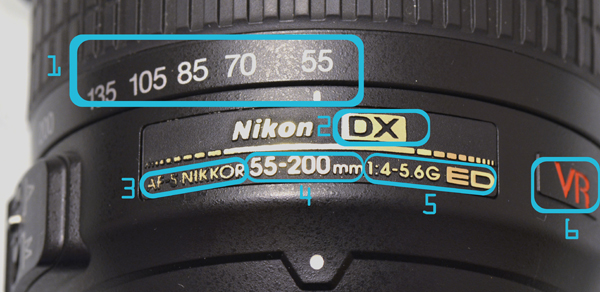
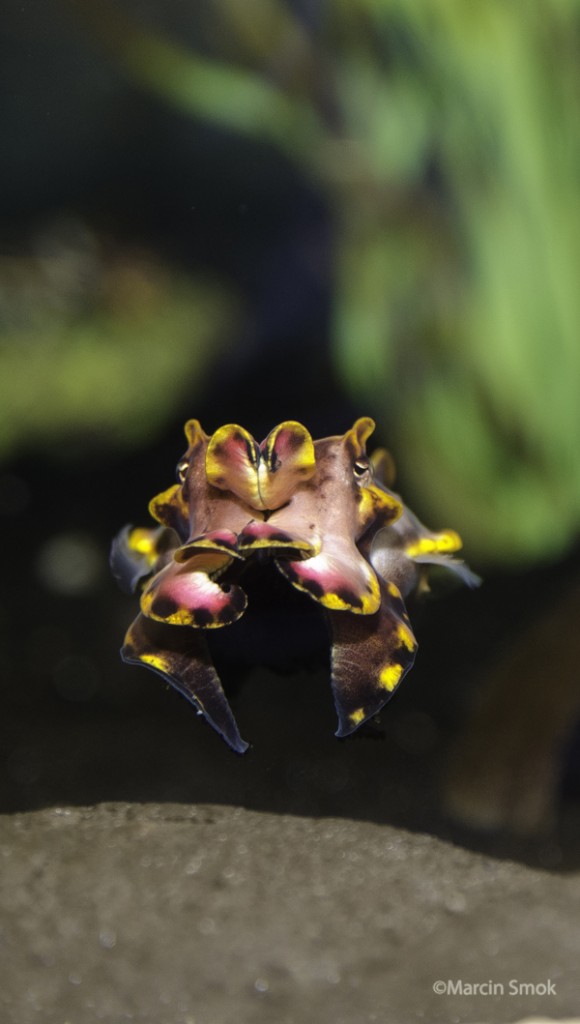
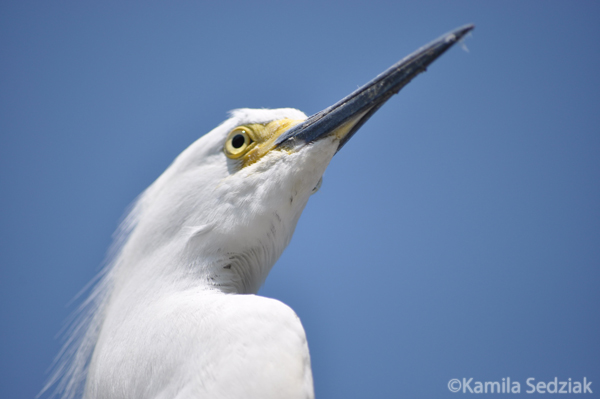
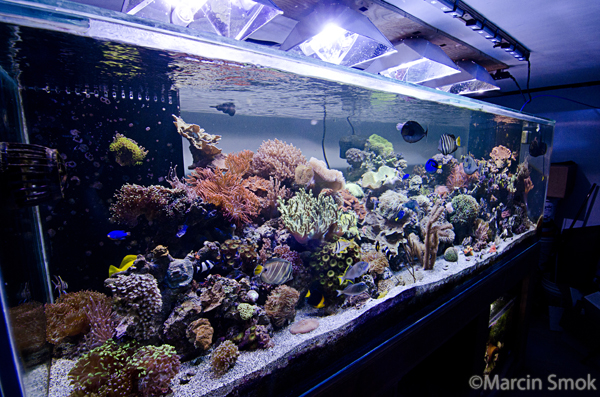










You managed to cover the gamut of lenses without ever recommending any. Congratulations!
Pat, when he wrote this 13 years ago, he did not recommend a lens, NOR a lens category. I got angry even trying to decide lenses to rule out, let alone decipher what I should use. I am going to rent a 70mm prime. I was trying to calculate the role water plays in focal length. At least he mentioned getting as close to the glass as possible.